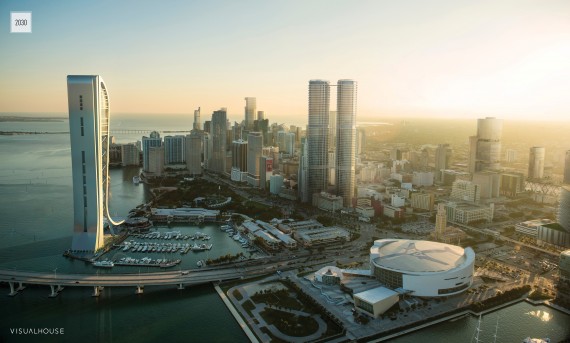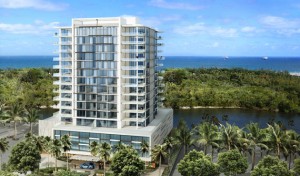Trending
Preconstruction condo sales stagnant from Q4: report

Preconstruction condo sales in Miami, the Beaches and Fort Lauderdale have held steady since last year – at 76 percent – according to a new ISG Miami Report.
The “Q1 New Construction Update,” which tracks sales of condo units in the pipeline and currently built east of I-95 in Miami-Dade since mid-2011, found that 13,808 units have been sold out of the 18,162 in Brickell, the Biscayne corridor, downtown Miami, the Beaches, Aventura, North Miami Beach, Coconut Grove, Key Biscayne and Fort Lauderdale.
“What it tells you is that condo sales are unbelievably slow,” ISG Principal Craig Studnicky told The Real Deal, blaming the strength of the dollar. As of Tuesday, $1 is equal to 3.57 Brazilian reais. The slowdown can be traced back to last year, when the condo market began to cool.
“Until the dollar devalues by another 20 percent, then condo sales are going to remain difficult,” he said, predicting that the dollar will lose up to a total of 40 percent of its value by the year’s end.
At the end of the first quarter, Fort Lauderdale had the highest percentage of remaining inventory with 46 percent, or 316 unsold units out of 690, according to the report. Studnicky said Fort Lauderdale gets fewer sales than markets in Miami-Dade because South American buyers are more comfortable buying in Miami. “South Americans are so used to Miami that when you say Fort Lauderdale, you’re moving them out of their comfort zone.”

Rendering of AquaBlue in Fort Lauderdale
Two Fort Lauderdale projects, BellaVita and 1800 Las Olas, were both removed from the report. Developer Jean Francois Roy, founder and president of Ocean Land Investments, told TRD that the projects are not canceled. “We’re selling what we have first,” Roy said, who has five boutique projects included in the report, ranging from AquaVue Las Olas, which is 50 percent sold, to AquaVita Las Olas, which sold out last year.
In Brickell and the Miami River, 82 percent of units have sold, representing 4,844 of 5,913 in total. One River Point, which launched sales in the fall, has sold 70 of 200 units. The Bond, which launched at the beginning of the cycle, has sold 97 percent, or about 313 units, of its 323 units, according to the report.
In the Biscayne corridor, 73 percent of 4,770 units have sold. In downtown Miami, 65 percent of 935 units have sold, including 60 percent at One Thousand Museum by Zaha Hadid and 45 percent at Paramount Miami Worldcenter. Aventura, a smaller market of only 562 condo units, has seen 71 percent of its units in the pipeline sell.
Studnicky said that regardless of the slowdown, Miami is a healthy market because of 50 percent deposits and developers putting in their own equity. Banks will provide financing for, say, 30 percent of a project’s total cost, which is then added to the cash that buyers have to provide upfront.
“The amount of equity in existing condo projects makes Miami one of the safest condo markets [in the country],” he said. “That healthy aspect of our economy is often underreported.”




